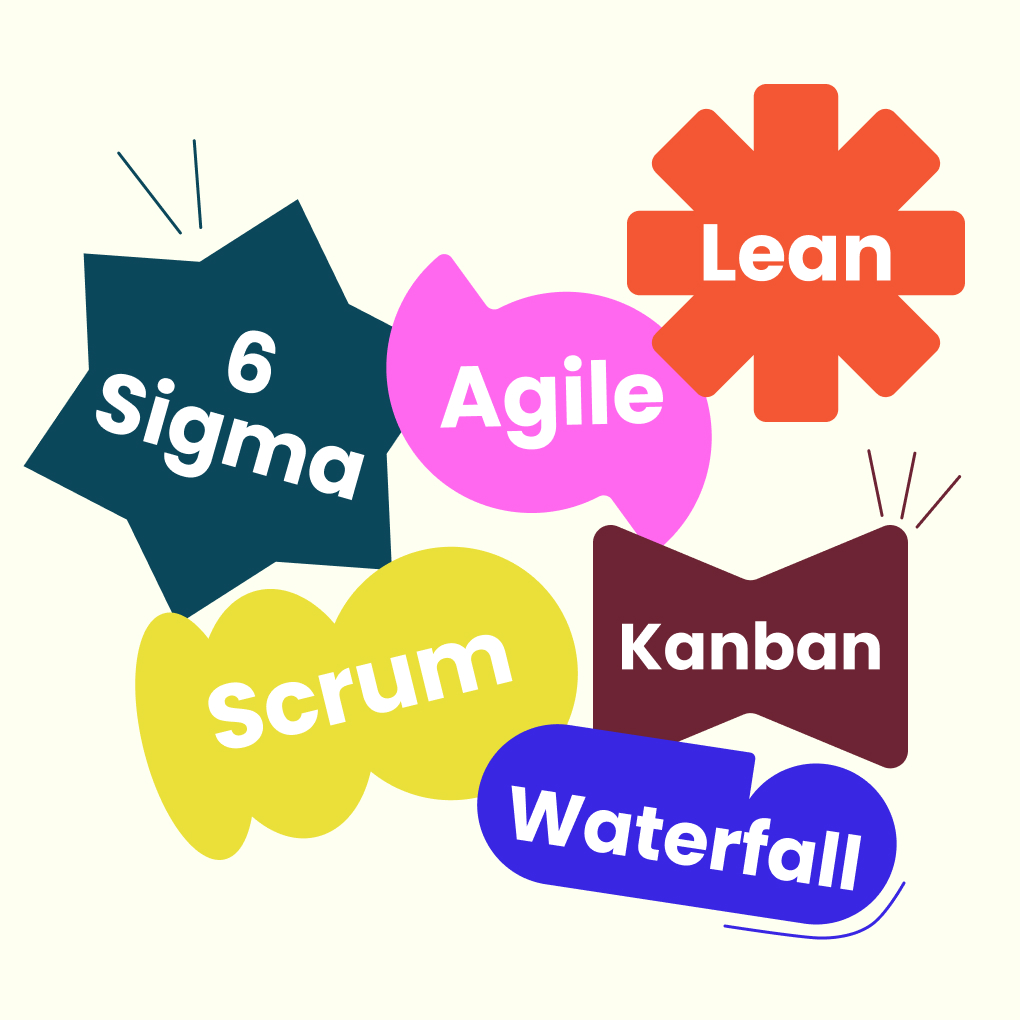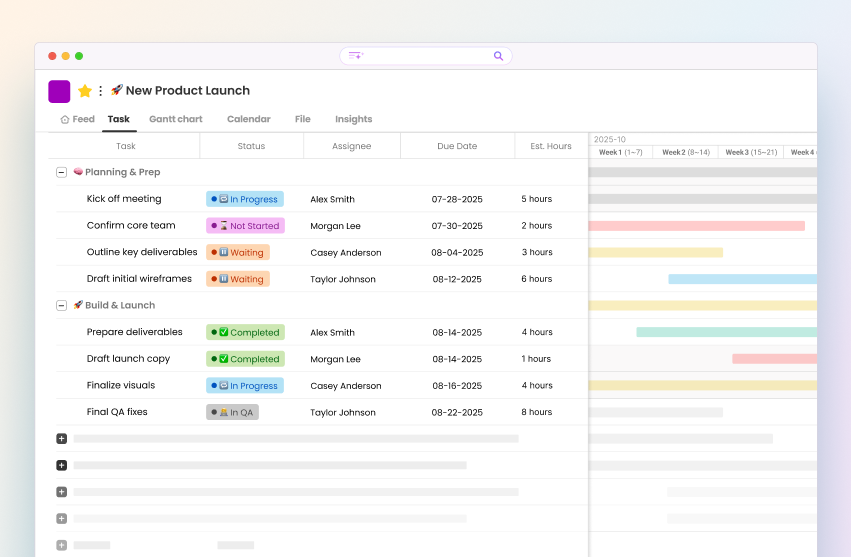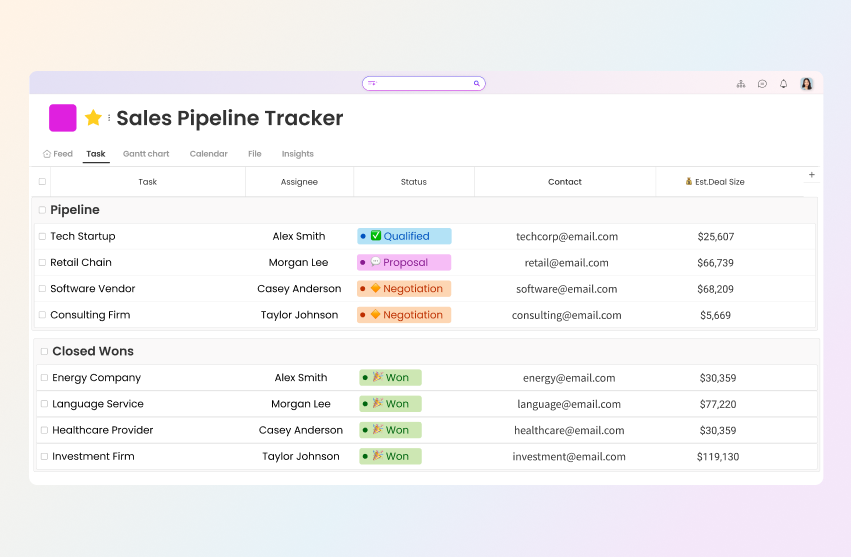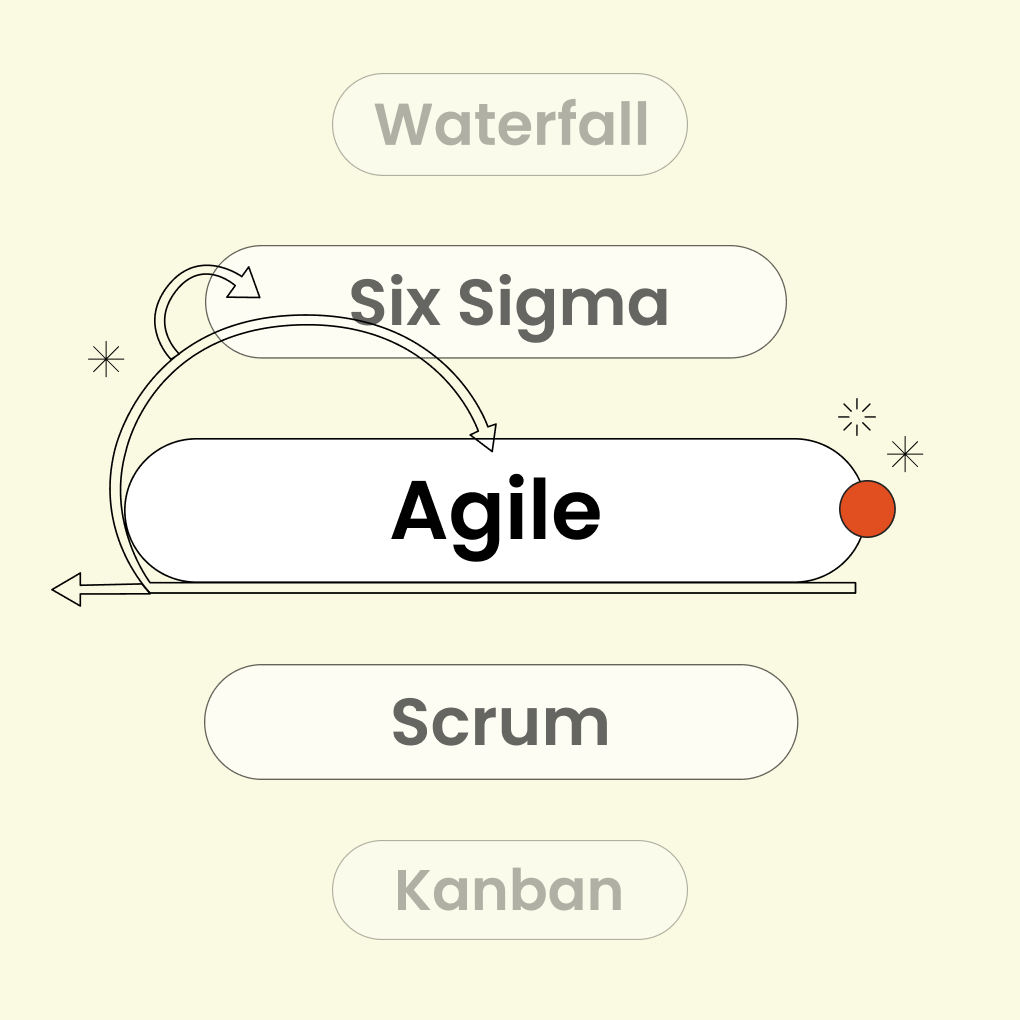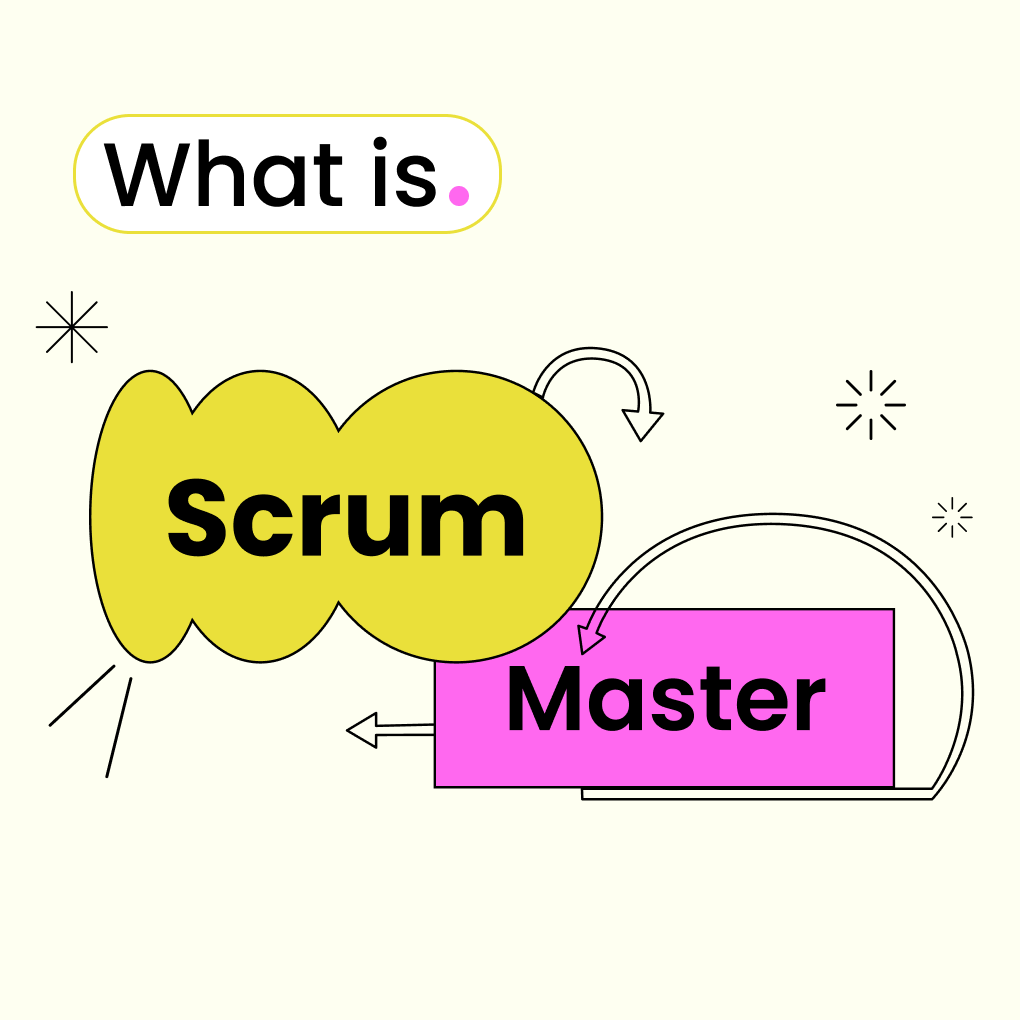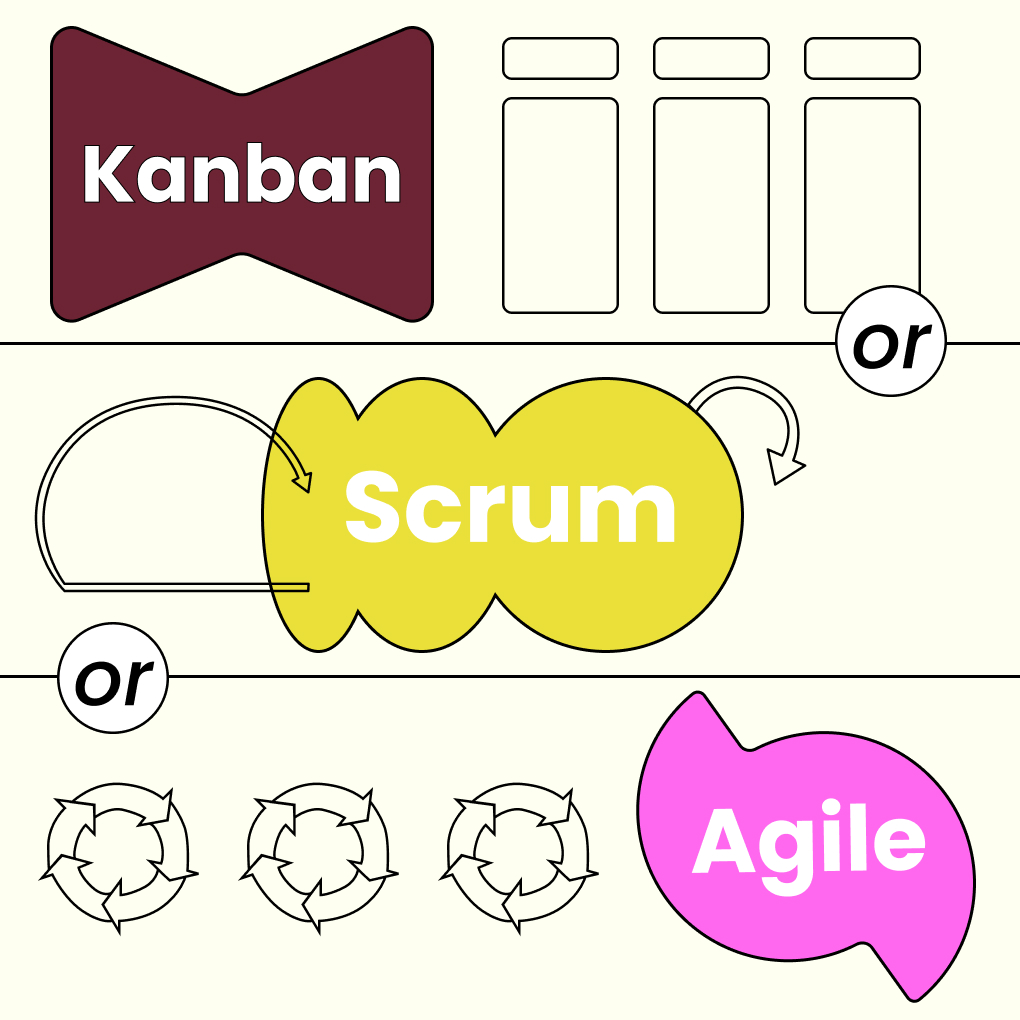Project management enables teams to complete tasks efficiently. Various project management methods cater to different needs, and selecting the right approach can enhance productivity, minimize delays, and effectively achieve goals.
Some projects require strict planning, while others benefit from flexibility.
Understanding the different types of project management ensures that teams choose the most suitable method. This article outlines six popular methodologies, their advantages, and their ideal applications. Whether you’re managing software development, construction, or marketing campaigns, the right approach can make a significant difference.
What Are the Different Types of Project Management?
Project management is not a one-size-fits-all solution. Different types exist because projects vary in size, complexity, and industry requirements. These categories help teams organize their work based on specific goals. Some methods emphasize strict planning, while others allow for adaptability. Choosing the right project management approach leads to smoother workflows and better outcomes.
Methodology vs. Industry Application
Not all project management styles are equally effective across different fields. For instance, software teams often adopt flexible methods like Agile due to frequently changing requirements. In contrast, construction projects typically follow structured approaches like Waterfall, where tasks must occur in a specific sequence. Marketing teams may prefer Kanban to monitor ongoing campaigns. The best method depends on the work process, team size, and industry standards.
Why Choosing the Right Type Matters
Selecting the wrong project management style can lead to delays, wasted resources, and dissatisfied clients. A rigid method may hinder creative work, while a loose approach might falter in regulated industries. The right system keeps teams organized, meets deadlines, and adapts as necessary. Understanding the various types of project management empowers leaders to make informed decisions, ensuring efficiency and success.
6 Most Common Project Management Methodologies
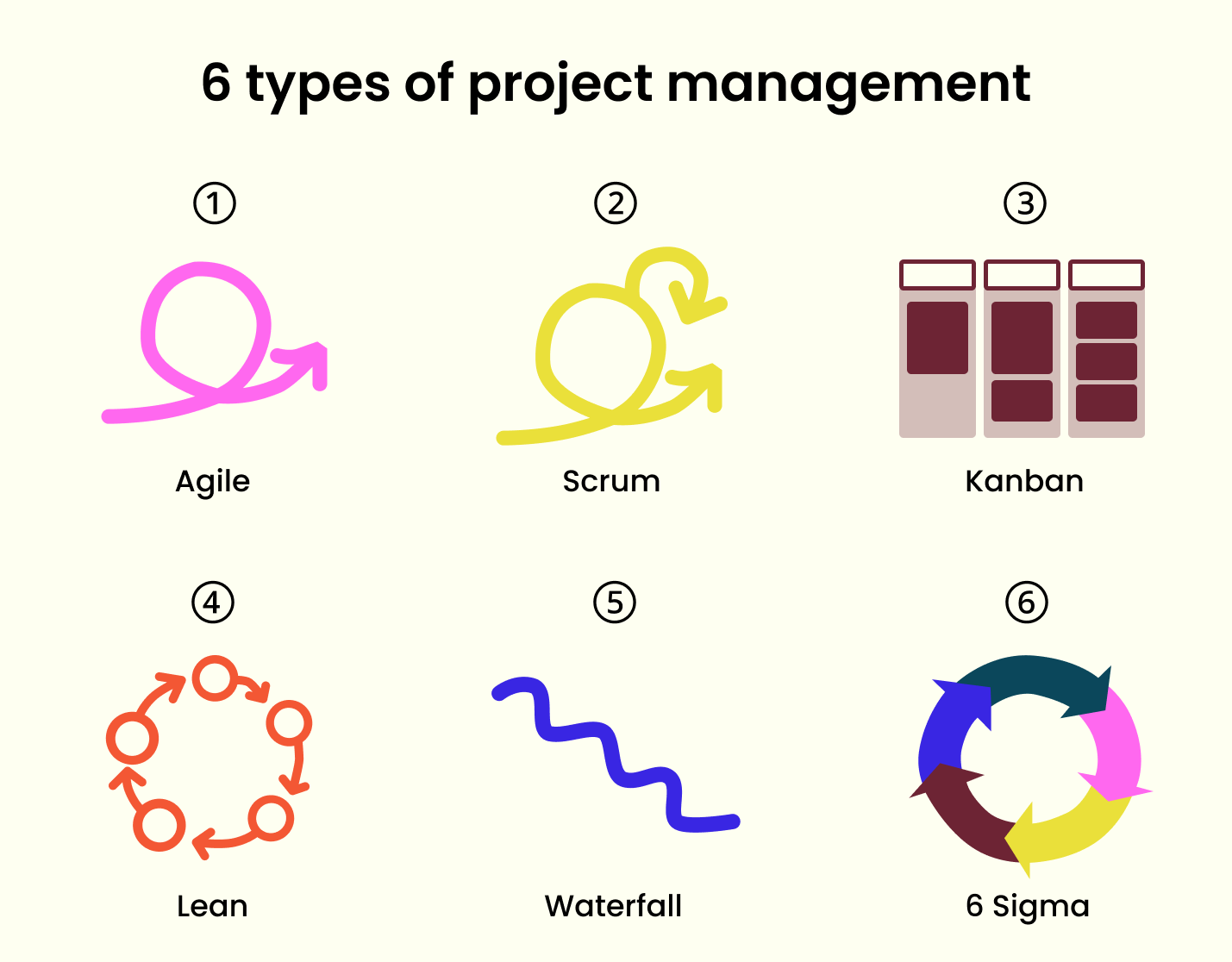
Teams utilize different project management types to work efficiently. The ideal approach depends on team size, industry, and project requirements. Some methods excel in creative projects that frequently change, while others suit structured tasks with clear steps. Familiarity with these project management types helps teams select the best system for their needs.
The six most common methodologies are Agile, Scrum, Kanban, Lean, Waterfall, and Six Sigma. Each addresses specific challenges within project management.
Agile Project Management
Agile is a flexible method designed for projects that frequently change. It divides work into small segments called iterations, which teams complete in short cycles, typically lasting two to four weeks. After each cycle, teams review their progress and adjust plans accordingly. This approach is particularly effective for software teams, where requirements often evolve during development.
The focus is on delivering functional results quickly. Agile teams communicate daily to address issues promptly, allowing customers to see progress early and request changes. This method reduces risk by enabling teams to resolve problems before they escalate.
Scrum
Scrum is a specific type of Agile tailored for fast-paced projects. It employs short work periods known as sprints, lasting one to four weeks. Each sprint begins with a planning meeting where the team selects tasks. Daily stand-up meetings help track progress and eliminate obstacles. A Scrum Master facilitates adherence to the method. At the end of each sprint, the team presents their work to stakeholders and holds a meeting to discuss process improvements.
This project management approach is ideal for teams that require structure while still valuing flexibility. While commonly used by software teams, other creative groups can also benefit from Scrum.
Kanban
Kanban is a visual workflow management system. Teams use a board divided into columns such as “To Do,” “In Progress,” and “Done.” Tasks move across the board as work progresses, and the method limits the number of tasks in progress at any given time to prevent teams from becoming overwhelmed. Kanban is well-suited for ongoing projects with shifting priorities.
Support teams and marketing groups frequently use Kanban. Its straightforward visual format allows everyone to quickly assess the status of work. Unlike Scrum, Kanban does not rely on fixed time periods; work flows continuously based on capacity, making it one of the more adaptable project management types.
Lean
Lean focuses on eliminating waste while maximizing value. Originating in manufacturing, it applies to various fields. The goal is to achieve more with less—less time, cost, and effort. Teams employing Lean analyze their workflows to identify and eliminate unnecessary steps, concentrating solely on what the customer values.
This project management type is effective for process improvement. Factories use Lean to accelerate production, while offices apply it to streamline administrative tasks. The method encourages teams to continuously seek better ways to work, with small improvements accumulating to significant gains over time.
Waterfall
Waterfall is a traditional method characterized by a linear sequence of steps. Each phase must be completed before the next begins, starting with planning, followed by design, building, testing, and finally launching. This project management type is suitable for projects with fixed requirements that are unlikely to change, such as construction and engineering projects.
The structured order of Waterfall prevents teams from revisiting earlier steps. Detailed upfront planning guides the entire project, providing control and predictability. While it lacks flexibility, Waterfall is beneficial for large projects with numerous dependencies, as it clearly outlines each stage of the process.
Six Sigma
Six Sigma aims for near-perfect results by minimizing errors. It employs data analysis to identify and resolve process issues. The DMAIC framework—Define, Measure, Analyze, Improve, Control—guides improvement efforts. Initially adopted by factories to reduce product defects, Six Sigma is now utilized by hospitals, banks, and technology firms.
This project management approach is most effective in environments where quality is paramount. Teams gather data to pinpoint mistakes, test solutions, and measure their effectiveness. The objective is to achieve as close to zero defects as possible. While Six Sigma requires specialized training, it consistently delivers high-quality results when implemented correctly.
These six methodologies address a wide range of needs in project management. Agile and Scrum are ideal for dynamic creative work, Kanban visualizes workflow, Lean eliminates waste, Waterfall provides structure, and Six Sigma ensures quality. Teams often blend methods or adapt them to suit their specific project requirements. The best choice hinges on the nature of the work, the team, and the desired outcomes. Understanding these project management types equips leaders to select the right tools for success.
Project Management Categories by Industry
Different industries require distinct project management approaches to thrive. The most effective methods vary depending on the nature of the work. For instance, software teams manage projects differently than construction crews, and hospitals have unique needs compared to marketing agencies. Recognizing these project management categories enables teams to select strategies that align with their industry. Each field presents specific challenges that influence project execution. Choosing the right system streamlines work and enhances outcomes.
IT and Software Development
💡Most popular: Agile, Scrum, Kanban
Tech teams often adopt flexible methodologies like Agile and Scrum. These approaches are effective because software projects frequently evolve based on user feedback. Developers work in short cycles, allowing them to adapt quickly. Kanban is also useful for visually tracking coding tasks, ensuring a focus on delivering functional software promptly. Daily meetings keep everyone on the same page, while frequent testing helps identify bugs early. This project management style suits the fast-paced nature of technology, where change is constant.
Construction and Engineering
💡Most popular: Waterfall
Construction projects require structure and order. The Waterfall methodology is commonly used in this field, where each phase must be completed before the next begins. Detailed plans are established before work commences, as changes to designs during construction are not feasible. Safety regulations and permits add additional steps to the process. Gantt charts are valuable for tracking numerous tasks, as delays in one area can impact the entire timeline. This project management style is ideal for environments where tasks must occur in a specific sequence without deviation.
Marketing and Advertising
💡Most popular: Kanban, Agile
Creative teams blend planning with flexibility. They often utilize Kanban to manage campaigns, allowing tasks to progress from conception to completion. Agile methodologies are beneficial when client needs change rapidly. With tight deadlines and evolving ideas, teams require a clear view of work progress. This project management approach accommodates last-minute adjustments while maintaining organization. Marketing projects typically involve many moving parts that must come together swiftly.
Healthcare
💡Most popular: Lean, Six Sigma
Hospitals and clinics prioritize safety and accuracy. Lean and Six Sigma methodologies are well-suited for this sector, as they aim to reduce errors and waste. In healthcare, mistakes can have serious consequences. Teams analyze processes to identify weaknesses, using data to pinpoint areas for improvement. Strict regulations govern many healthcare projects, necessitating careful testing of any changes before implementation. This project management approach emphasizes quality over speed, as every detail is crucial.
Education and Nonprofit
💡Most popular: Waterfall, Agile, Kanban (varies)
Schools and nonprofit organizations often employ a mix of methodologies. They may use Waterfall for large events with fixed dates, while Agile is useful for programs that need to adapt to changing requirements. With typically limited budgets, Lean principles are beneficial. Volunteer teams often prefer straightforward systems like Kanban. This project management approach must function effectively within resource constraints, focusing on impact rather than profit. Projects frequently serve diverse groups with varying needs, making flexibility as important as planning.
Manufacturing and Supply Chain
💡Most popular: Lean, Six Sigma
Factories aim for smooth material flow, making Lean and Six Sigma the dominant methodologies in this sector. Every second and dollar counts in production, so teams strive to eliminate non-value-adding steps. Data is used to monitor quality at each stage, while Gantt charts help coordinate deliveries within supply chains. Small improvements can lead to significant savings over time. This project management style focuses on enhancing efficiency and consistency in production processes.
Project Types and Their Ideal Methodologies
Not all projects follow the same path. The best project management approach depends on the project’s characteristics. Some tasks have clear, linear steps, while others may shift direction frequently. Teams must align their methods with their project types to achieve success. Understanding these project management categories aids in selecting the most suitable system, which should reflect the work style, team size, and objectives. Making informed choices saves time and reduces frustration.
Predictable vs. Iterative Projects
Predictable projects follow a defined path with minimal surprises, such as construction and manufacturing jobs. These project types benefit from the Waterfall methodology, where each step is completed before moving on to the next. Early planning guides the entire project, and changes are generally avoided due to their potential costs.
In contrast, iterative projects evolve throughout their execution, as seen in software design and marketing campaigns. These projects require Agile or Scrum methodologies, allowing teams to work in short cycles and make frequent adjustments based on feedback. Flexibility is prioritized over rigid planning, leading to continuous improvement through repeated iterations.
Client-Facing vs. Internal Projects
Projects aimed at external clients require different management than internal initiatives. Client-facing projects necessitate regular updates and approvals, making methodologies like Scrum or Kanban ideal. Frequent demonstrations showcase progress, allowing clients to request changes easily. Open and transparent communication is essential.
Internal projects, such as process improvements or system upgrades, focus on the organization’s needs. These projects often utilize Lean or Six Sigma methodologies, emphasizing efficiency and quality. With fewer external meetings, teams can make quicker decisions, tracking progress against internal goals rather than client expectations.
Large-Scale vs. Small Team Projects
Large projects involving many participants require a strong structure. Examples include enterprise software rollouts or factory constructions. These project types typically employ Waterfall or SAFe frameworks, with detailed plans coordinating multiple teams and clear rules to prevent confusion. Managers closely monitor progress.
Conversely, small teams can operate more swiftly with lighter methodologies. Startups and creative agencies often benefit from Kanban or basic Agile approaches. With fewer members, there is less paperwork, allowing teams to adapt quickly without extensive meetings. Work flows based on immediate needs rather than complex plans.
How to Choose the Right Project Management Approach
Selecting the appropriate project management approach can significantly impact success. With various methodologies available, teams need clear criteria for decision-making. The right choice depends on practical factors related to the work, the team, and the environment. Understanding these project management types helps align methods with actual needs rather than following trends. A thoughtful selection process leads to smoother workflows and improved results.
Consider Team Structure and Size
The composition of the team often dictates which project management types will be effective. Small creative teams typically thrive with flexible methods like Agile or Kanban, allowing for quick decisions and easy adjustments. In contrast, larger teams working across departments often require more structured approaches.
Frameworks like Waterfall or SAFe help maintain alignment in complex projects. Remote teams may prefer visual systems, while co-located groups can benefit from faster communication methods. The chosen project management approach should reflect the team’s daily working style.
Evaluate Scope and Timeline
The size and timeline of the work help narrow down project management categories. Tight deadlines with clear deliverables often align well with Scrum’s sprint system. Long-term projects with fixed requirements may be better suited to Waterfall’s phased approach. Projects with potential for change benefit from Agile’s adaptability.
Teams should assess whether the scope is fixed or likely to expand and whether deadlines are firm or flexible. Each project management type handles time and scope differently, so the best choice should align with the project’s actual timing needs.
Align with Stakeholder Expectations
The expectations of stakeholders influence which project management types will succeed. Clients seeking frequent updates may prefer Agile’s regular demonstrations, while executives desiring predictable reports might favor Waterfall’s milestone approach. Teams should understand how stakeholders define success, as some prioritize visible progress while others focus on final quality.
The chosen project management types should provide relevant information at appropriate times. Methods like Scrum incorporate stakeholder feedback, while Six Sigma emphasizes internal quality measures. Matching communication styles can help prevent frustration later on.
Adapt to Regulatory Requirements
Certain work environments have regulations that impact project management approaches. Medical and financial projects often require strict documentation, while construction projects must adhere to approved steps and safety checks. These project management types typically lean toward Waterfall or Six Sigma for their control. Creative fields with fewer regulations can adopt more flexible methodologies.
Teams should be aware of the necessary paperwork or approvals required in their industry. The chosen system should facilitate compliance rather than complicate it. Regulations often dictate which project management types will be practical in real-world applications.
Top Tools for Various Project Management Approaches
Choosing the right software can significantly enhance any project management strategy. With a variety of project management methods available, teams need tools that align with their workflows. Effective software should support the team’s processes without requiring them to alter their established practices. The best tools seamlessly integrate into the project management frameworks teams already use, simplifying task tracking without adding unnecessary steps.
Morningmate
Morningmate is a popular option for various teams because of its adaptable features that accommodate different project management approaches. It works well for both structured Waterfall projects and adaptable Agile teams. Its user-friendly design requires minimal training, allowing teams to get started quickly. Morningmate keeps all project information organized and accessible without feeling overwhelming.
Teams can manage tasks, deadlines, and communications in one centralized location. The software adjusts as projects evolve, making it a reliable option for various project management needs. Its blend of functionality and simplicity enables teams to concentrate on their work rather than navigating complex tools.
Asana, Trello, Jira, Monday.com
Several popular tools cater to specific project management styles. Asana is ideal for teams that utilize traditional task management across various project types. Its clean interface allows for easy tracking of multiple projects simultaneously. Trello‘s Kanban boards are perfect for teams that prefer visual workflow management, with simple drag-and-drop cards that clearly display progress.
Jira is designed specifically for Agile and Scrum software teams, effectively managing sprints, backlogs, and bug tracking in one platform. Monday.com features customizable boards that can adapt to different project management approaches, making it suitable for marketing, operations, and other departments.
Final Thoughts: Align Method with Project Objectives
When selecting a project management approach, the key question is: What does the project need to succeed? The chosen method should facilitate the work, not hinder it. Teams often err by forcing projects into familiar frameworks instead of choosing the most suitable one.
Project management categories exist because no single method is universally applicable. For instance, a construction team shouldn’t adopt Agile simply because it’s trendy, just as a software team shouldn’t default to Waterfall due to tradition. The best choice always hinges on the project’s specific goals, constraints, and stakeholders.
Teams should begin by assessing their core requirements. Is the priority speed or accuracy? Flexibility or predictability? Internal efficiency or client satisfaction? The answers will guide them toward the most effective project management types. Sometimes, a hybrid approach works best, such as using Waterfall for major phases while applying Agile for specific components.
The most successful teams view project management as a tool rather than a strict guideline. They adapt their strategies as projects progress, maintaining a focus on results rather than rigid processes. Whether utilizing Morningmate for flexible tracking or Jira for structured sprints, the chosen tool should simplify work, not complicate it.

